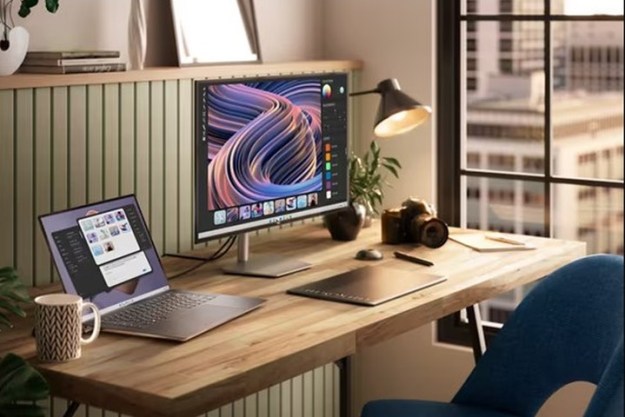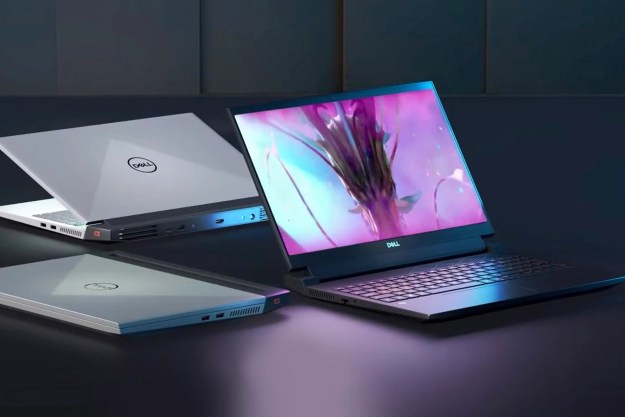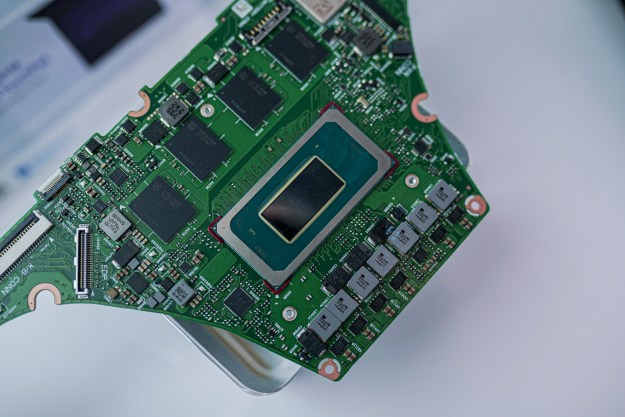At this point, it’s almost a cliché to talk about the growth and potential of the app economy. We can all rattle off reports about the number of jobs this market has created or the likelihood of how much further it will reach – but really, it’s just fact now. Apps are the avenue for our digital lives and the job growth the lies behind them is unstoppable.
But that makes for a flood of products, some good, some bad, some hidden at the bottom of app marketplaces never to be seen. Which is why if you’re going to create an app, you best get serious. Creator platforms like Swebapps, AppsBuilder, TheAppBuilder, and AppMakr have been in this business for awhile, but a handful of new outlets with innovative ways to take you from idea to launch continue to surface.
Really, who among us doesn’t have a brilliant app idea? Not to get too meta on you, but here are some of the best apps to help you build apps.
 SellanApp
SellanApp
SellanApp has been building noise for nearly a year now. The idea behind the platform is to create a community around app building that includes everyone – from developers with extensive knowledge, to “big picture” people, to beta testers. SellanApp is an iPad-based program that allows you to make simple mockups and app prototypes via tablet. From there, you can invite others to test it with you and export it to the SellanApp platform – which is where the real work starts. Here, you start building interest around your app idea and try and court developers. There’s a crowdsourcing element as well, in which users, if you allow it, are able to come in and help fund the project.
“There are a lot of people who have app ideas,” SellanApp co-founder Milan Van Den Bovenkamp told me earlier this year. “We want to make app ideas happen, and that means you need a lot of people who can believe in a concept. If people believe in a community that wants to have ownership of the app and app ideas happen in a social way, then they can become a reality.”
The way revenue is split is that developers get paid first, then the producer or creator – whoever came up with the idea – gets second dibs, and anyone who pledged above a certain amount will also share in a designated percent of the profits.
Ooomf
Ooomf launched this past fall as both a creation and discovery platform. “Our ambition is to help anyone considering building a mobile product, whether they’ve created multiple mobile apps already or are just getting started on their first project,” CEO and co-founder Mikael Cho says.
Getting started with creating an app is as easy as entering your email address, your app’s name, and then you’re launched into Ooomf’s step-by-step guide to getting your idea up and running. These are bracketed into different areas, taking you from idea, to design, to push, all the way through launch day.
Ooomf helps you target specifics like how to create an engaging splash page and make a demo video, as well as how to get press for your app. Now you’ll have to come to Ooomf with the code of your app developed – think of this tool as a way to fine tune all the little details that lead to a successful launch. There is, however, the Ooomf Toolbox, which provides a bevy of useful tricks and guides for app developers of all skill levels. Of course, if all you have is an idea, there are options as well. “We allow people to participate in the creation of an app,” Cho said at launch. “So if you have an idea or a prototype or a design, you can put it in Ooomf and let the community vote on features and participate in [making] it.”

And once you’ve gone through the Ooomf process of perfecting your app, you also get to enjoy the discovery element it has to offer. It’s an engaging, personal way to explore the iOS App Store and see everything new hitting the market – and given the state of iPhone app discovery, it could be a boon to your project.
Tiggzi
The most convincing part about using Tiggzi for your app creation purposes is its drag and drop functionality. The cloud-based program was originally a tool for UI creation, so that developers and designers had an accurate, easy way to image what their projects would look like. From there, the Tiggzi team decided creation as a whole should be similarly engaging and visual.

Better yet, Tiggzi runs in-browser with no download or install needed – and it’s an incredibly versatile system that allows you to create HTML 5, Windows Phone, Android, and iOS apps (Windows 8 support was also recently added). For all of the complexity Tiggzi allows you to add to the backend of your app, the process is refreshingly simple, flexible, and visual.
AppThwack
While AppThwack isn’t a platform for creating apps, it serves an incredibly important and far too neglected service: Cross-device testing. At the moment, AppThwack is only available for testing Android and HTML 5 apps, although given the former’s issues with fragmentation, it’s not a bad place to start. At PIE Demo Day this fall, however, the team said iOS testing is on the way.

The process is fairly literally: The AppThwack labs have an impressive inventory of smartphones and tablets they use to run your app and then provide you with easy to read reports documenting any issues. There’s further customization to these reports available as well, like adding team members or testing multiple apps.
Editors' Recommendations
- Apple cracks down on ChatGPT apps with harsh age ratings
- New App Store rule lets companies charge more for subscriptions without approval
- WhatsApp now lets you make voice and video calls from your computer



